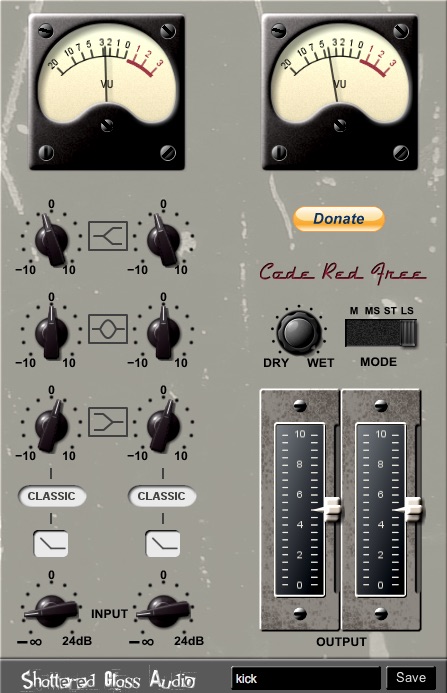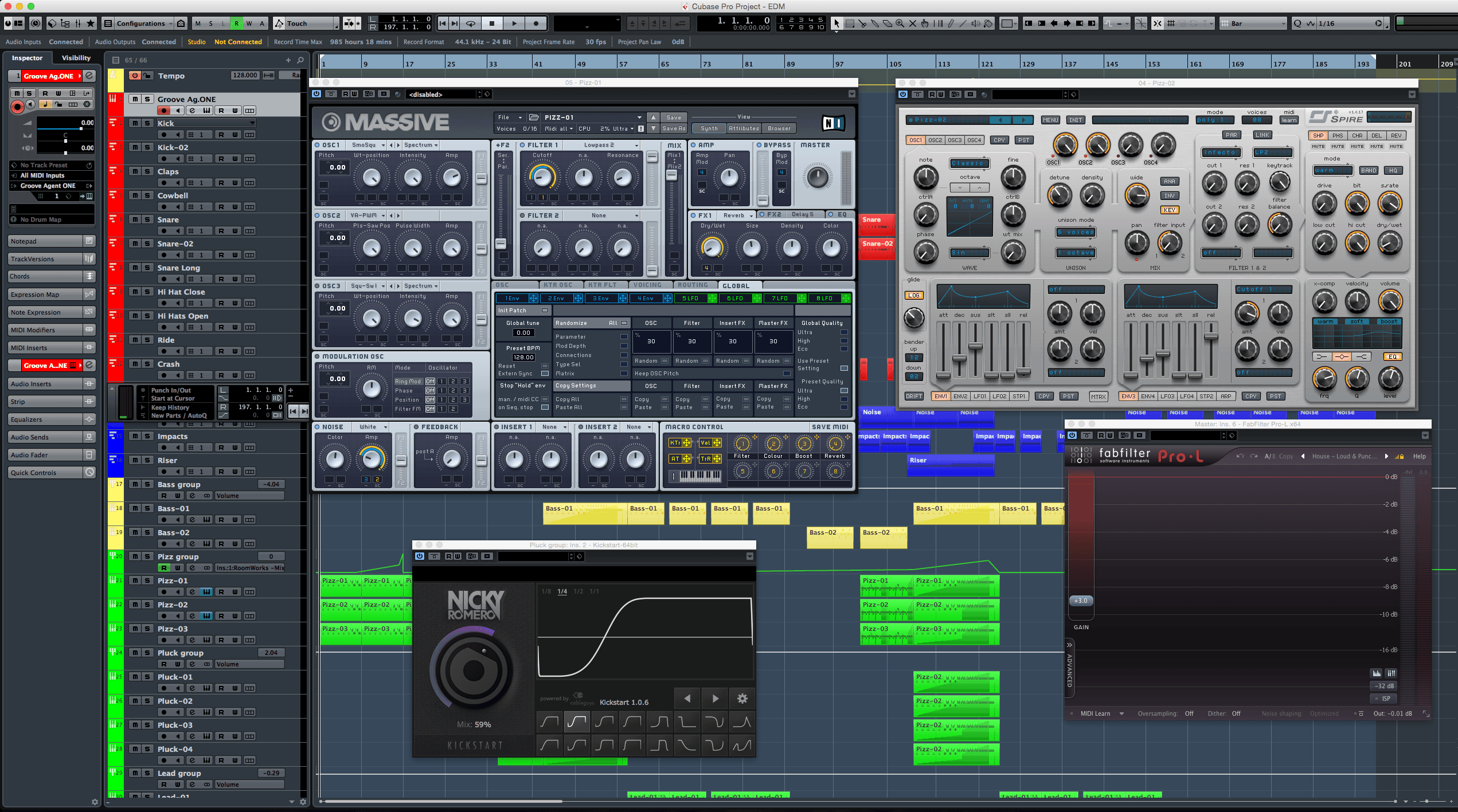

This bouncing can be done using an internal auxiliary audio bus if your sound hardware provides such, playing from the ‘unmastered’ track whilst recording on the ‘mastered’ track.ĭoing this has the advantage of allowing you to monitor proceedings for peaks or artefacts that you hadn’t noticed while setting up.

Once satisfied with the montage’s layout, you then work through each mix, setting up the processors and bouncing the results to a new, mastered mix. And if you happen to have a nice hardware compressor, EQ or whatever in your studio, you can set these up as external plug-ins that can then be included in your mastering processing chain. It’s common to use specialised processors from third-party developers for performing this mastering processing and these can bring a certain depth and character to the table, but Cubase’s built-in processors are more than capable of creating excellent results without you needing to splash out on expensive models of boutique hardware. Typically, with this setup, you would add mastering processing as inserts on the channel(s) carrying the unmastered mixes. This is also a good opportunity to play around with the running order and flow of your montage.

Generally, you would put all of the mixes onto the same track, but if creating a montage from a small number of mixes, there can be some advantages to giving each its own track/channel in Cubase (for reasons that should become apparent in a moment). Once you’ve perfected your mixes and have created a collection of unmastered files for your montage, Cubase offers a few different approaches, but all start by importing your unmastered mixes into a new project and laying them out on the timeline. This being the case, best practice tends to be to leave mastering processing out of a mix so that it can be applied later when the music is being compiled into an album/montage. However, it’s often preferable to approach mastering from the point of view of a whole album or montage of mixes, which allows that montage to be honed into a cohesive whole as opposed to a bunch of mismatched individual mixes. The most obvious approach to mastering with Cubase may be to apply mastering-type processing during mixdown across the main left-right bus you could also apply such processing to submixes for a stem mastering-like approach.


 0 kommentar(er)
0 kommentar(er)
